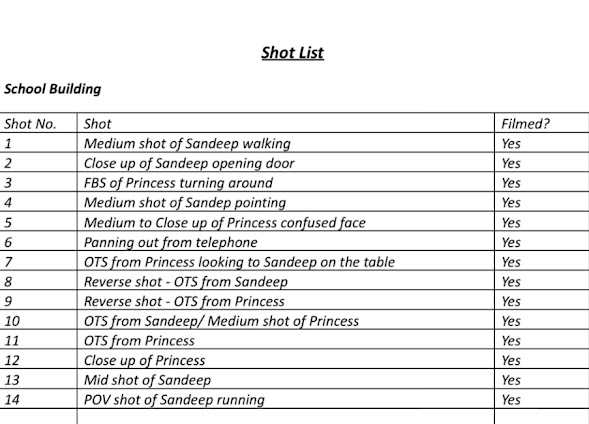War of the Worlds: Blog tasks
Media Factsheet
Read Media Factsheet #176: CSP Radio - War of the Worlds. You'll need your Greenford Google login to download it. Then answer the following questions:
1) What is the history and narrative behind War of the Worlds?
Orson Welles’ 1938 radio play is an adaption of H.G. Wells’ novel of the same name, first published in 1898. It tells the story of an alien invasion and the ensuing conflict between mankind
and an extra-terrestrial race from Mars.
Broadcast live on 30th October 1938, popular myth has it that thousands of New Yorkers fled their homes in panic, and all across America people crowded the streets to witness for themselves the real space battle between earth and the Martians.
The New York Times headline read, “Radio Listeners in Panic, Taking War Drama as Fact.”
“The War of the Worlds,” led thousands to believe that an interplanetary conflict had started with invading Martians spreading wide death and destruction in New Jersey and New York.
He described it as “history’s first viral-media phenomenon” as it was a broadcast that spread rapidly like content made today.
5) Why did Orson Welles use hybrid genres and pastiche and what effect might it have had on the audience?
By copying a real format of a newscast, he blurred the reality with fiction, and he also combined styles and genres to make it appear real.
6) How did world events in 1938 affect the way audiences interpreted the show?
Just a month before the broadcast, Hitler signed the Munich Agreement, so people were more likely to take news seriously, therefore Welles decided to use the same fromat so that audience is more serious regarding this news.
7) Which company broadcast War of the Worlds in 1938?
CBS Radio.
8) Why might the newspaper industry have deliberately exaggerated the response to the broadcast?
There was increasing competition between newspapers and radio therefore newspaper my have done so to make radio appear bad.
9) Does War of the Worlds provide evidence to support the Frankfurt School's Hypodermic Needle theory?
Yes as it suggests that media messages are directly taken in by audience and the audience is likely to believe what the media is showing, however now this idea of hypodermic needle theory os outdated.
10) How might Gerbner's cultivation theory be applied to the broadcast?
Gerbner's theory suggests that long term exposure to media can heavily shape audiences views on the world. In this case, during this time, people were in the habit of listening to radio bulletins and news due to the war. So Welles's decision to use this format gained more audience listening and believing the fake news.
11) Applying Hall's Reception Theory, what could be the preferred and oppositional readings of the original broadcast?
preferred- entertaining
negotiated- understand its fictional however perhaps has gone too far by using this format.
oppositional- dangerous and misleading especially in times of war.
12) Do media products still retain the ability to fool audiences as it is suggested War of the Worlds did in 1938? Has the digital media landscape changed this?
It is difficult to fool audidience that easily as before now , because audience demannd verified sources or proof, however due to new technology such as AI, audience can be fooled by fake news.
Media Magazine article on War of the Worlds
Read this excellent article on War of the Worlds in Media Magazine. You can find it in our Media Magazine archive - issue 69, page 10. Answer the following questions:
1) What reasons are provided for why the audience may have been scared by the broadcast in 1938?
Audience used the radio as a factual source of information during the time of war, the great depression and a lack of food. So they were likely to panic and believe this news to be true.
3) How does the article describe the rise of radio?
As corrupted
4) What does the article say about regulation of radio in the 1930s?
There was a lack of regulation
5) How does the article apply media theories to the WOTW? Give examples.
Cultivation theory- long term exposure shaped the audeinces beliefs
6) Look at the box on page 13 of real newspaper headlines. Pick out two and write them here - you could use these in an exam answer.
Hysteria sweeps country as radio hoax describes invasion by mars giants
Fake radio war stirs terror

Comments
Post a Comment